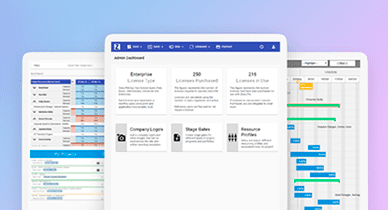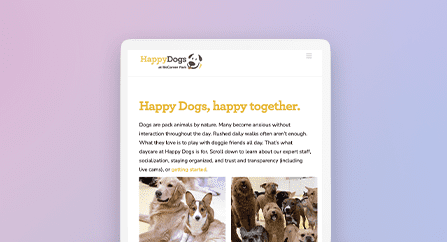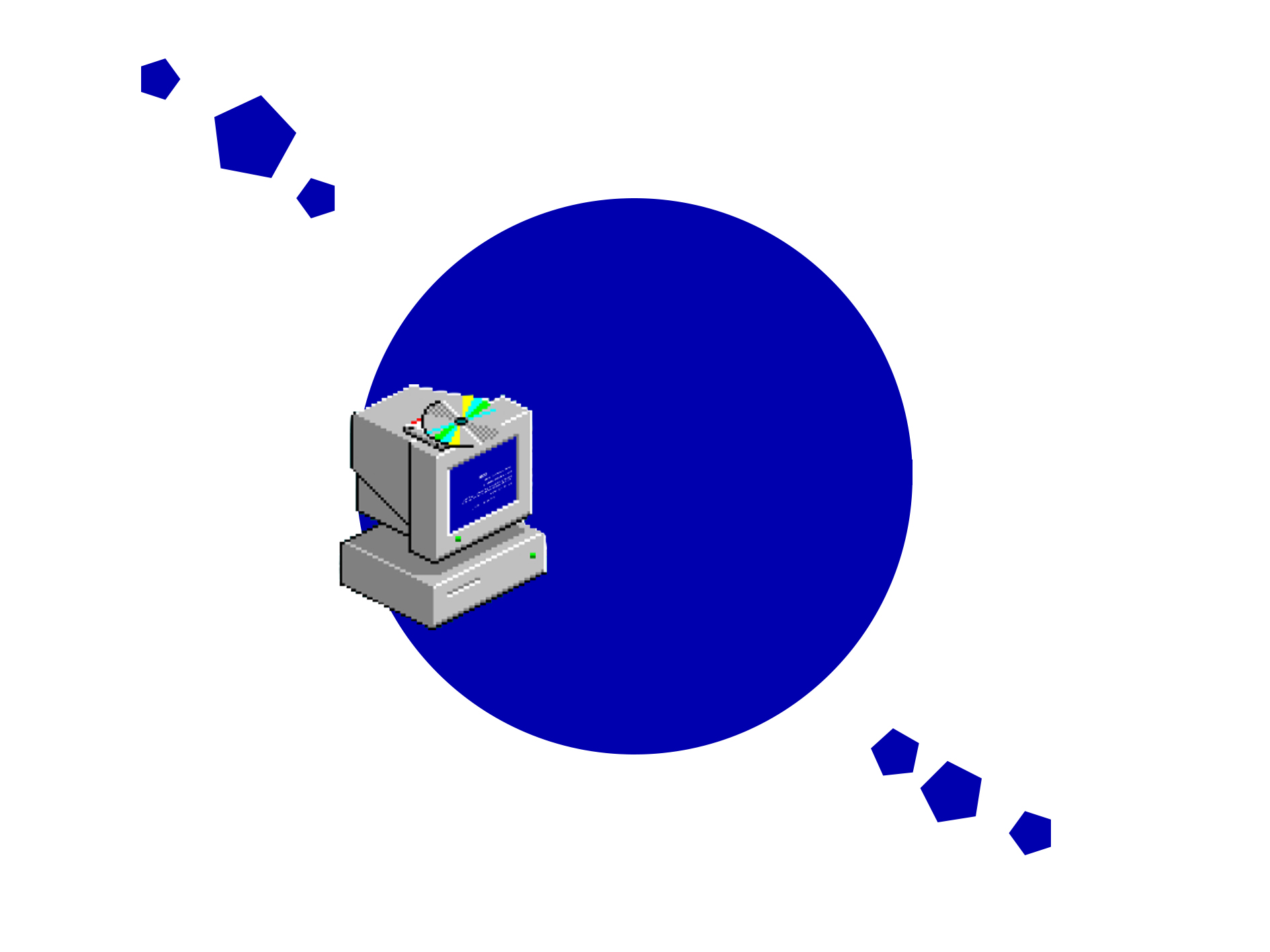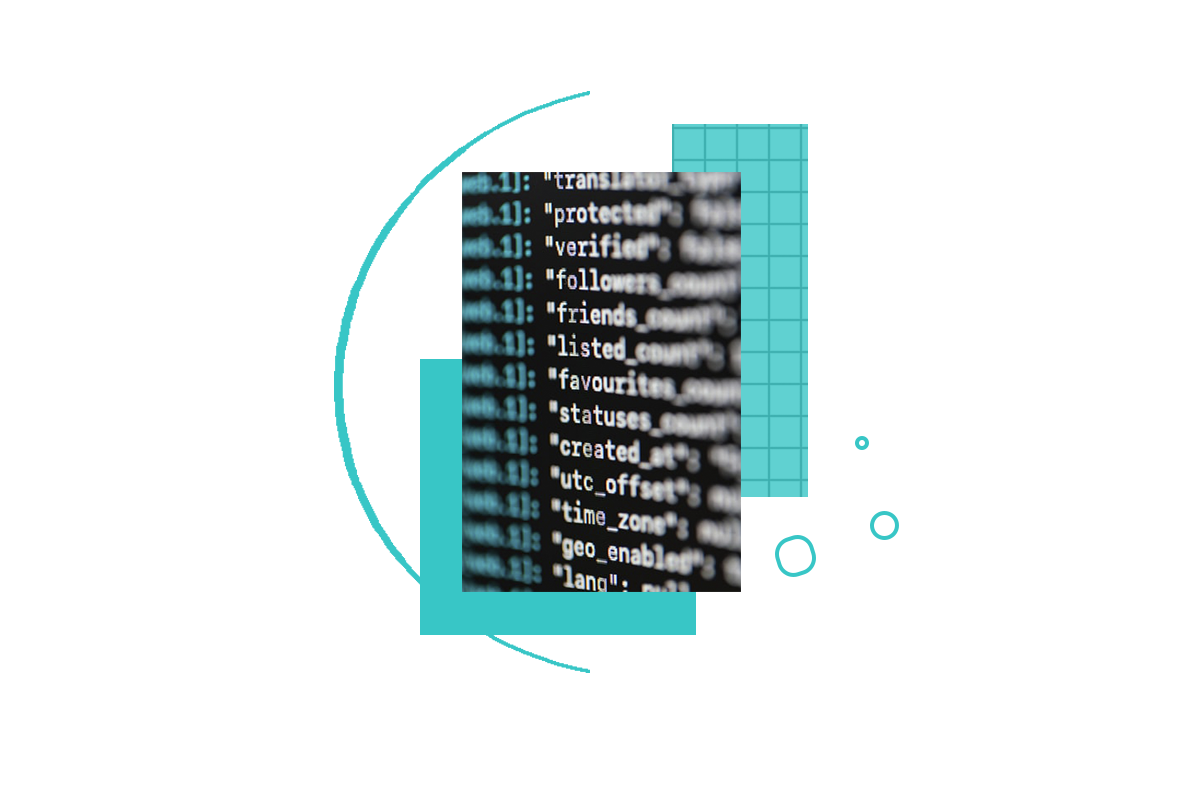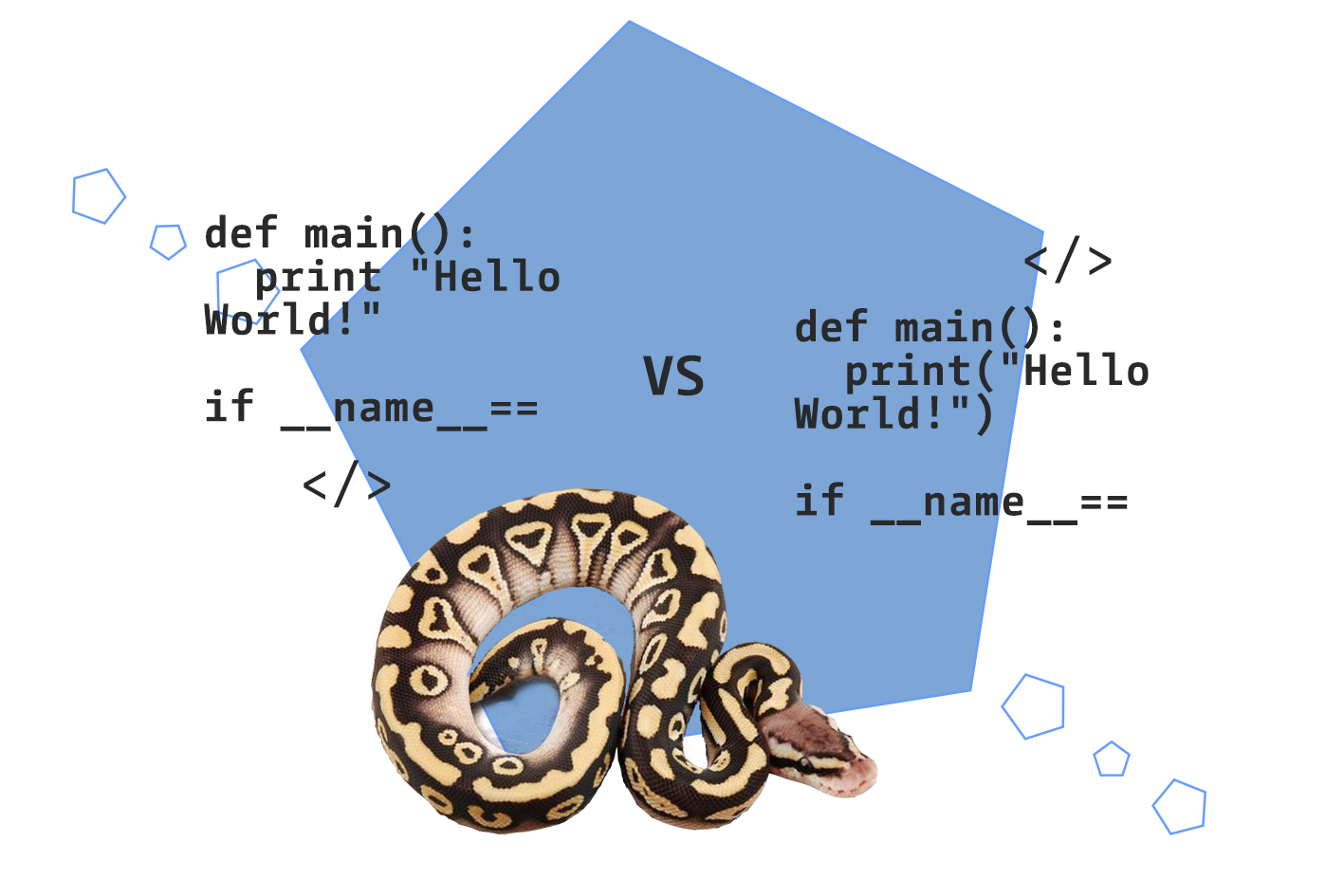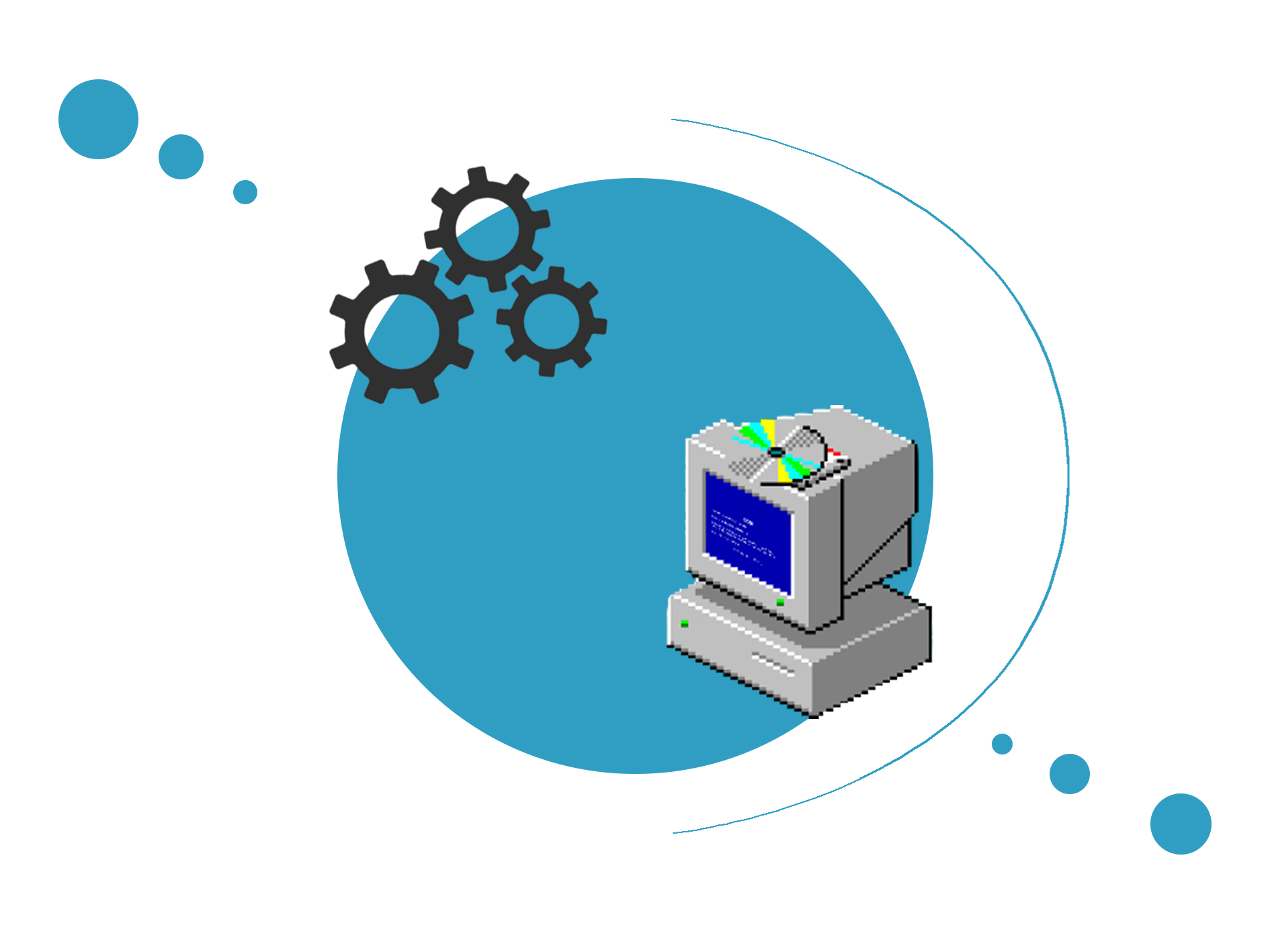Software modernization
for owners of the applications built with the ``vintage`` technologies
Technical audit, project migration, re-platforming, reengineering are a set of solutions we provide to boost the project’s technical characteristics, improving your customer acquisition strategy, re-engaging the returning visitors, and cutting costs.
Get started
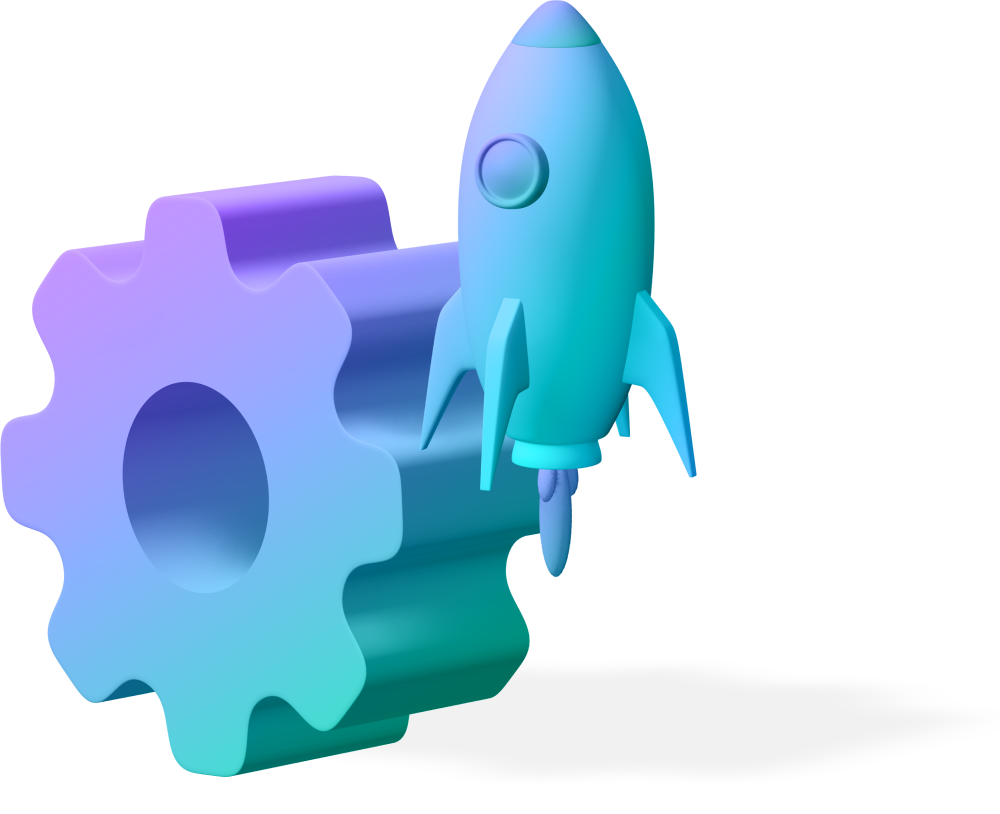
Customer success
Reasons for legacy modernization
- Easier maintenance
- Cleaner code
- Modern UX/UI
- Clear documentation
- Stronger security
- Simpler integrations
- Easier to find and onboard new developers
Modernization steps
1. Architecture audit
The audit of the high-level application architecture, components, and functionality help to detect system bottlenecks, manage the risks, and recommend the most appropriate solution for modernizing the legacy.
2. Code audit
We’ll detect the code flaws, identify and analyze the vulnerability of the code to prevent application crashes and security breaches.
3. Refactoring
We will streamline, structure, and systemize the chaotic (for certain reasons) code, debug, and improve the application performance.
4. Performance testing
Our team will identify the application’s stability, work performance, amount of resource consumption, and other attributes of quality in different usage scenarios and loads.
5. Quality assurance
We test the code at the end of every sprint to make sure that the application modernization runs smoothly; detect and fix errors, and ensure app stability.
Featured content
Get a free consultation
with our technical expert

 go back
go back